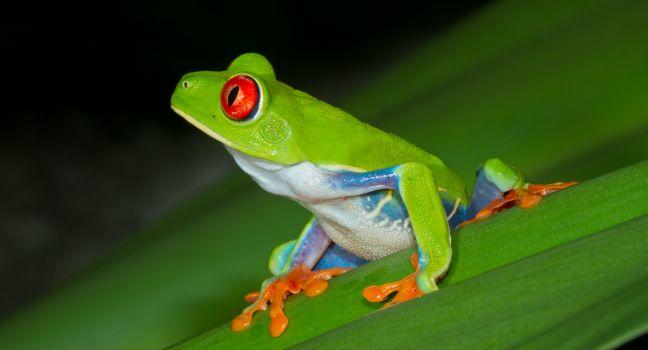Tortuguero National Park

There is no better place in Costa Rica to observe sea turtles nesting, hatching, and scurrying to the ocean. The July–October nesting season for the green turtle is Tortuguero's most popular time to visit. Toss in the hawksbill, loggerhead, and leatherback—the three other species of sea turtle that nest here, although to a lesser extent—and you expand the season from February through October. Hatching takes place September to December. You can undertake night tours only with an authorized guide, who will be the only person in your party with a light, and that will be a light with a red covering. Photography, flash or otherwise, is strictly prohibited. The sight of a mother turtle furiously digging in the sand to bury her eggs is amazing, even from several yards away, and the spectacle of a wave of hatchlings scurrying out to sea is simply magnificent. This outstanding natural resource is also home to 138 mammal species including manatees, monkeys, and jaguars.
For more information see the highlighted listing in this chapter.



